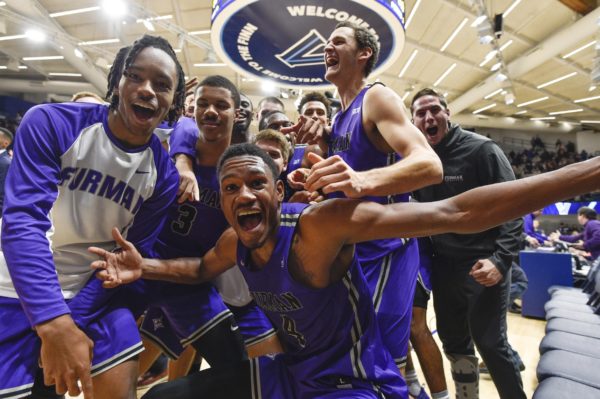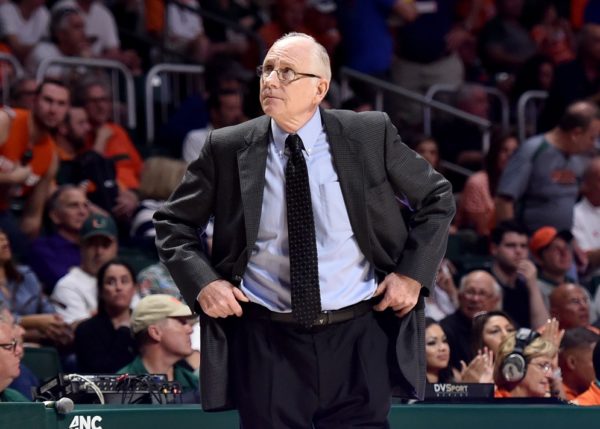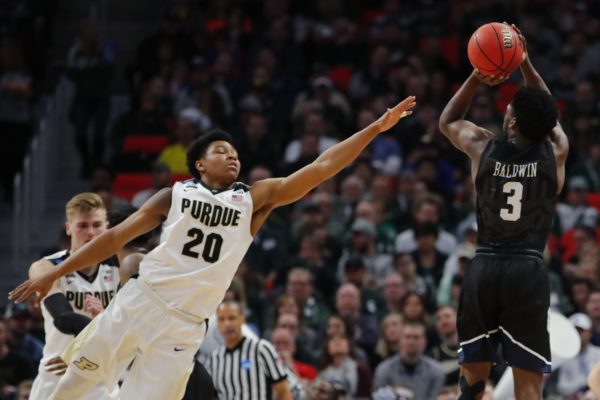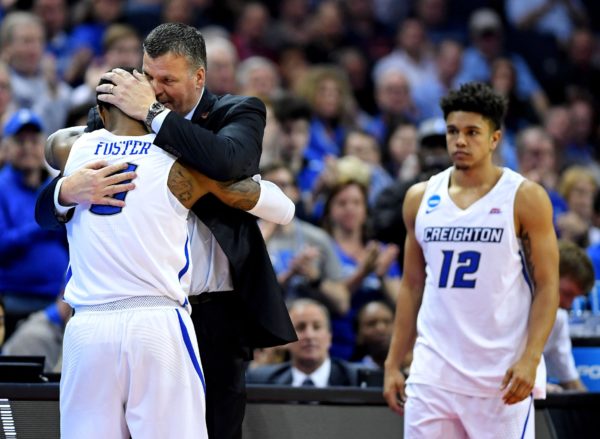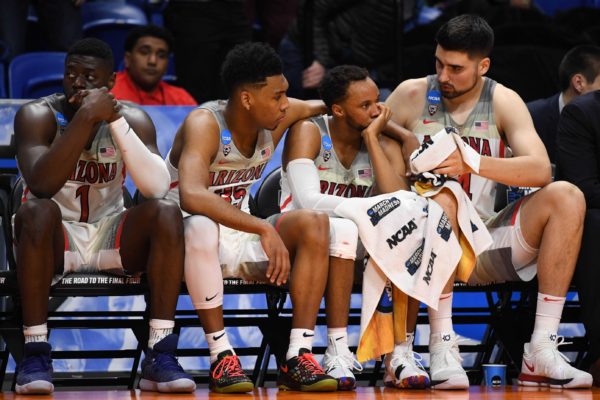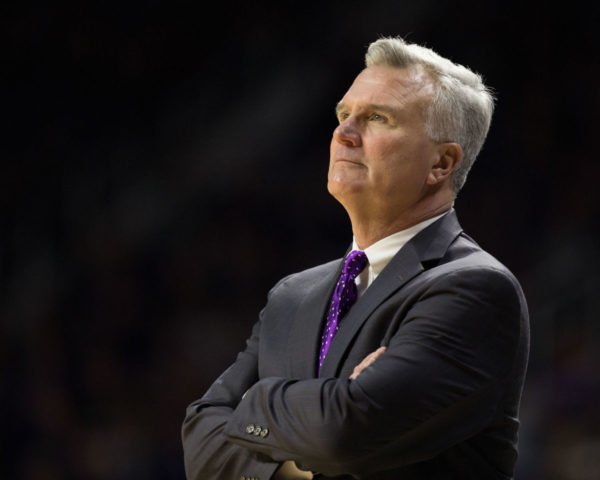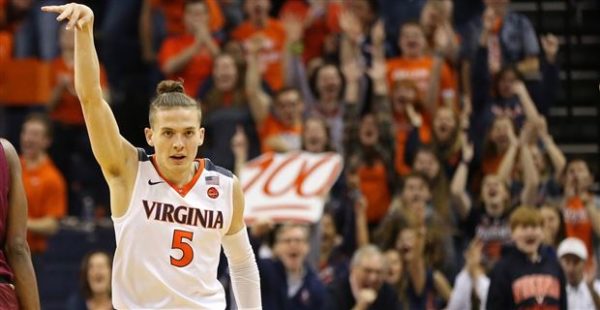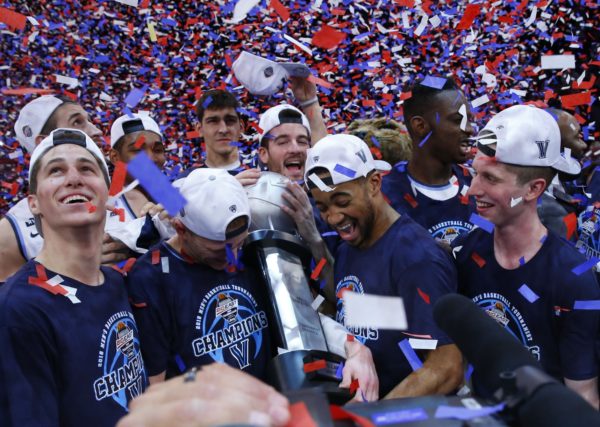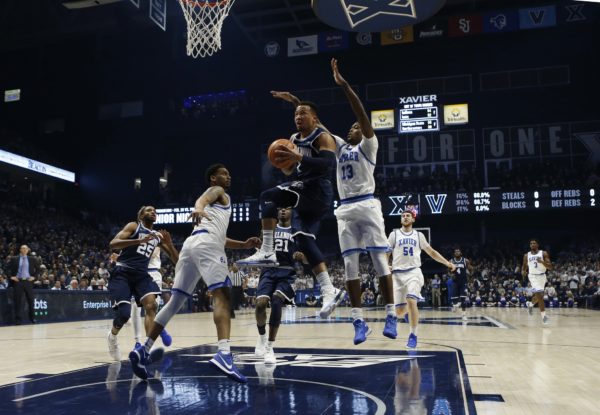Big East Reset: Analyzing Some of the Key Storylines Thus Far
Posted by Justin Kundrat on December 5th, 2018With nearly a month of Big East basketball already in the books, there has been no shortage of action in a non-conference schedule full of surprising upsets and gut-wrenching defeats. For those who haven’t been following very closely, you may have been surprised to see preseason bottom dweller Creighton nearly toppling #1 Gonzaga or the defending national champs dropping a home game to Furman. So as we inch closer to the holidays and conference play, below are some of the key Big East takeaways from the last few weeks.
- There isn’t a bad team in the conference. DePaul has made its name over the last decade as the Big East’s doormat, finishing among the bottom three in the standings in every season back to 2008. While the Blue Demons are still far from conference contention, Dave Leitao‘s group has raced off to an early 5-1 start that includes an overtime win over a solid Penn State club. The offseason delivered the two things DePaul needed most: shooting and size in the forms of transfers Jalen Coleman-Lands (Illinois) and Femi Olujobi (North Carolina A&T). Now, with a balance of size, experience and backcourt play, the Blue Demons’ offense finally has some cohesiveness. Expect this team to easily surpass its 4-14 conference win total from last season.
- Creighton’s offense didn’t regress as expected — rather, it might be just as good, if not better, than last season. This claim might seem far-fetched given that the Bluejays lost 60 percent of their scoring output, but they are right on pace at 1.16 points per possession eight games into the season. Interestingly, the blazing fast offense that attempted 29.4 percent of its shots in transition a season ago (seventh nationally) is now content to play in the half-court, with a middle-of-the-road tempo that ranks 155th in transition frequency. Neverthetheless, between sophomore guard Ty-Shon Alexander’s explosion onto the scene (the clear front-runner for the Big East’s most improved player) and the steady improvements of Damien Jefferson and Marcus Zegarowski, Greg McDermott’s team is the biggest surprise in the conference so far this season.





























